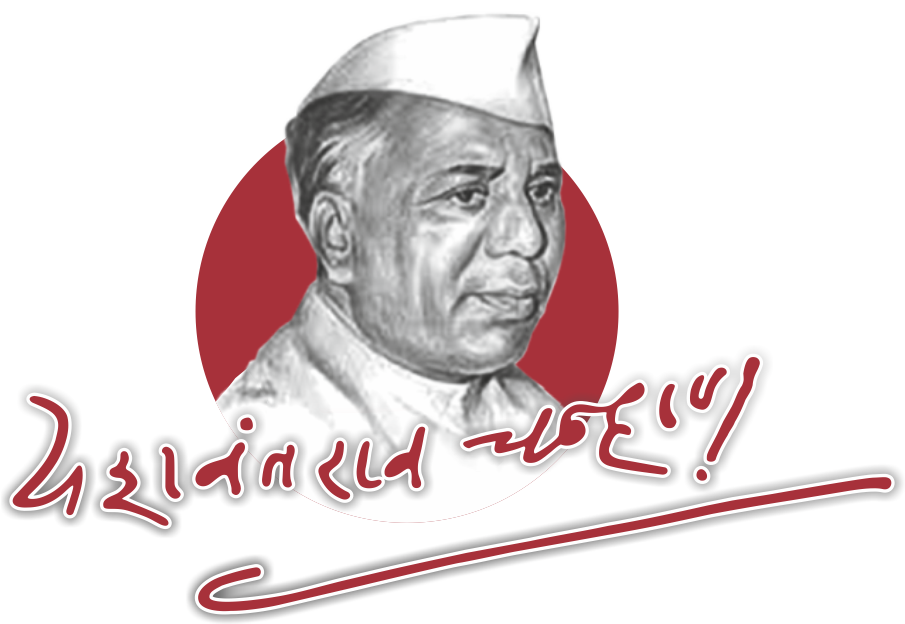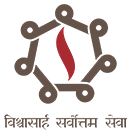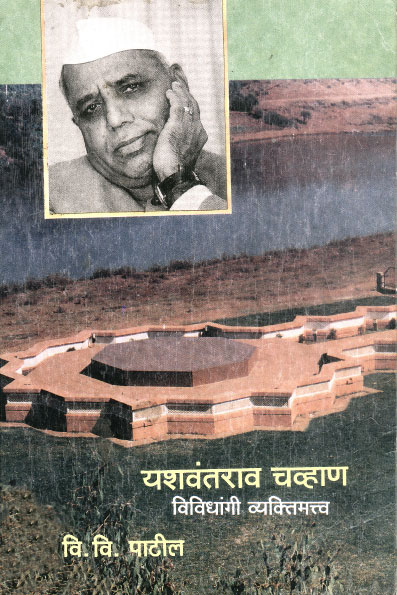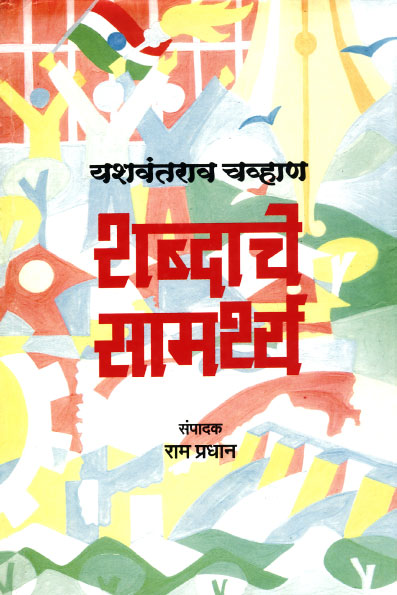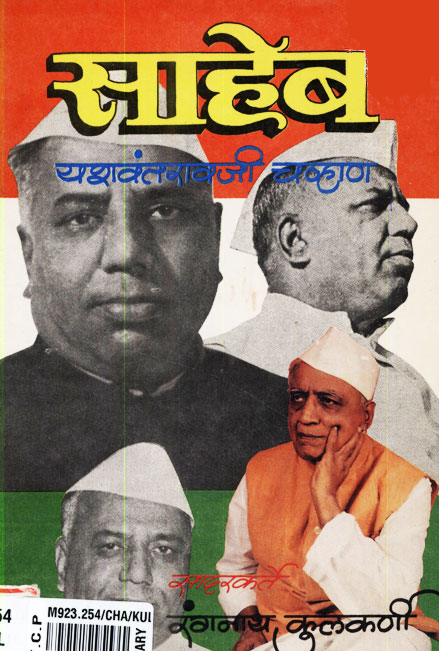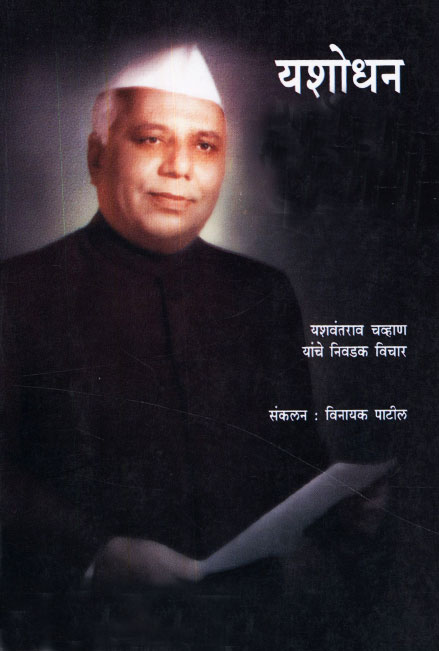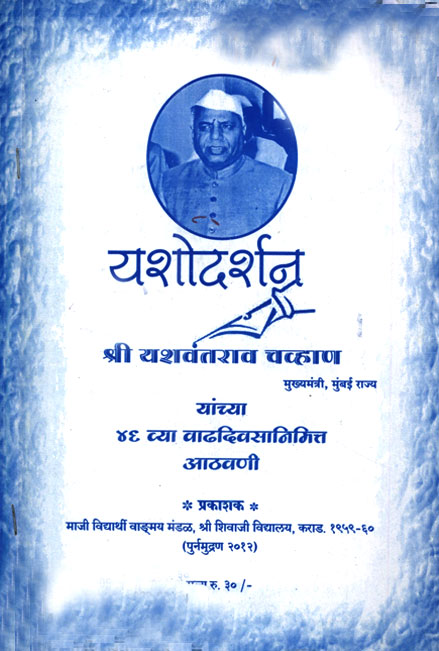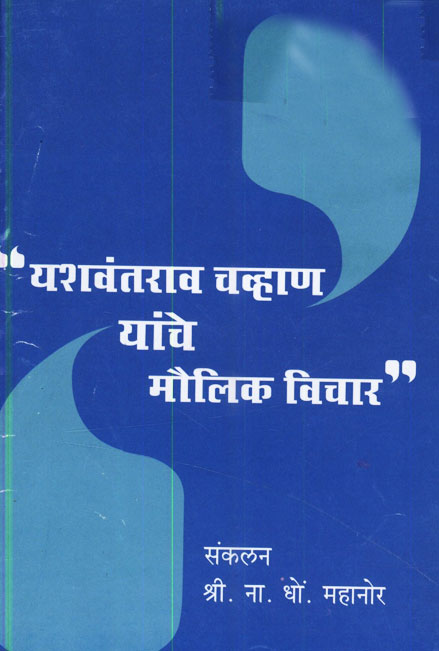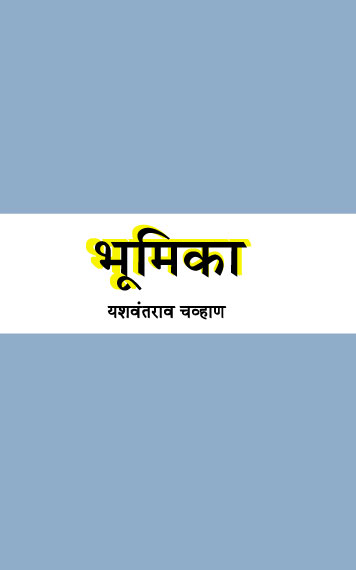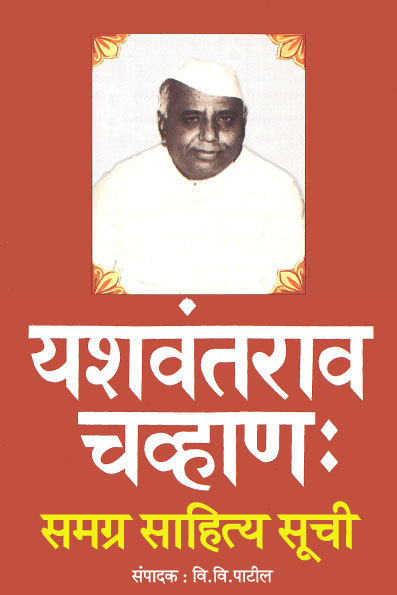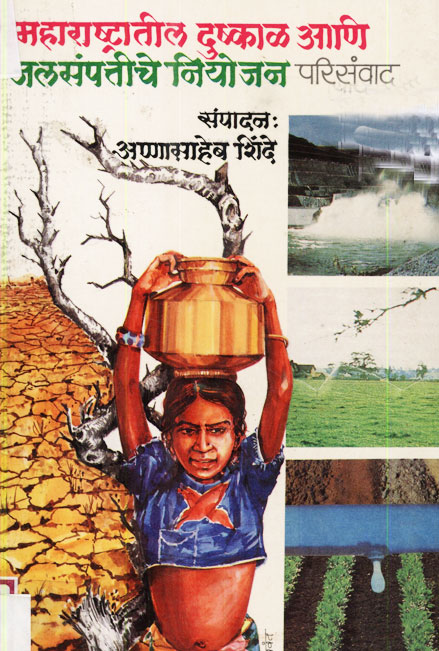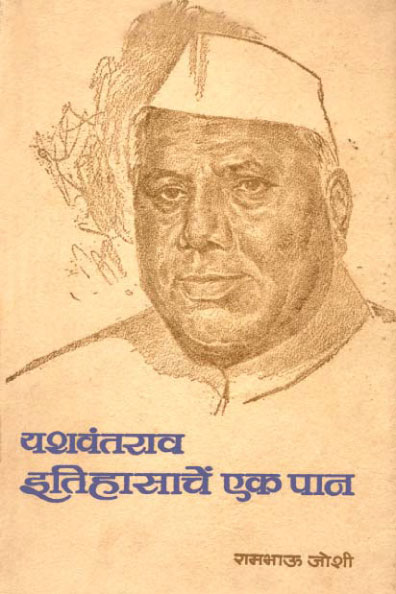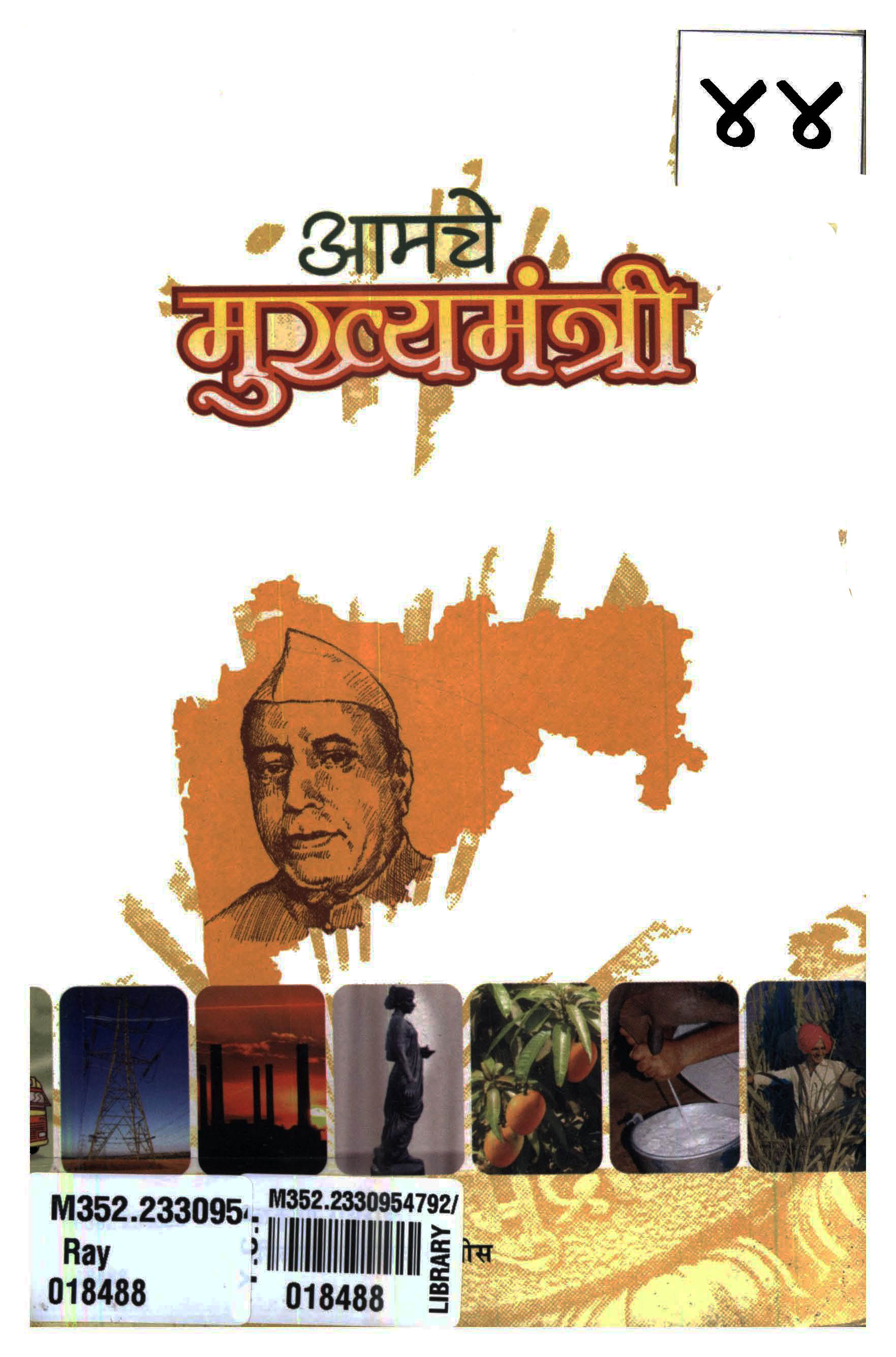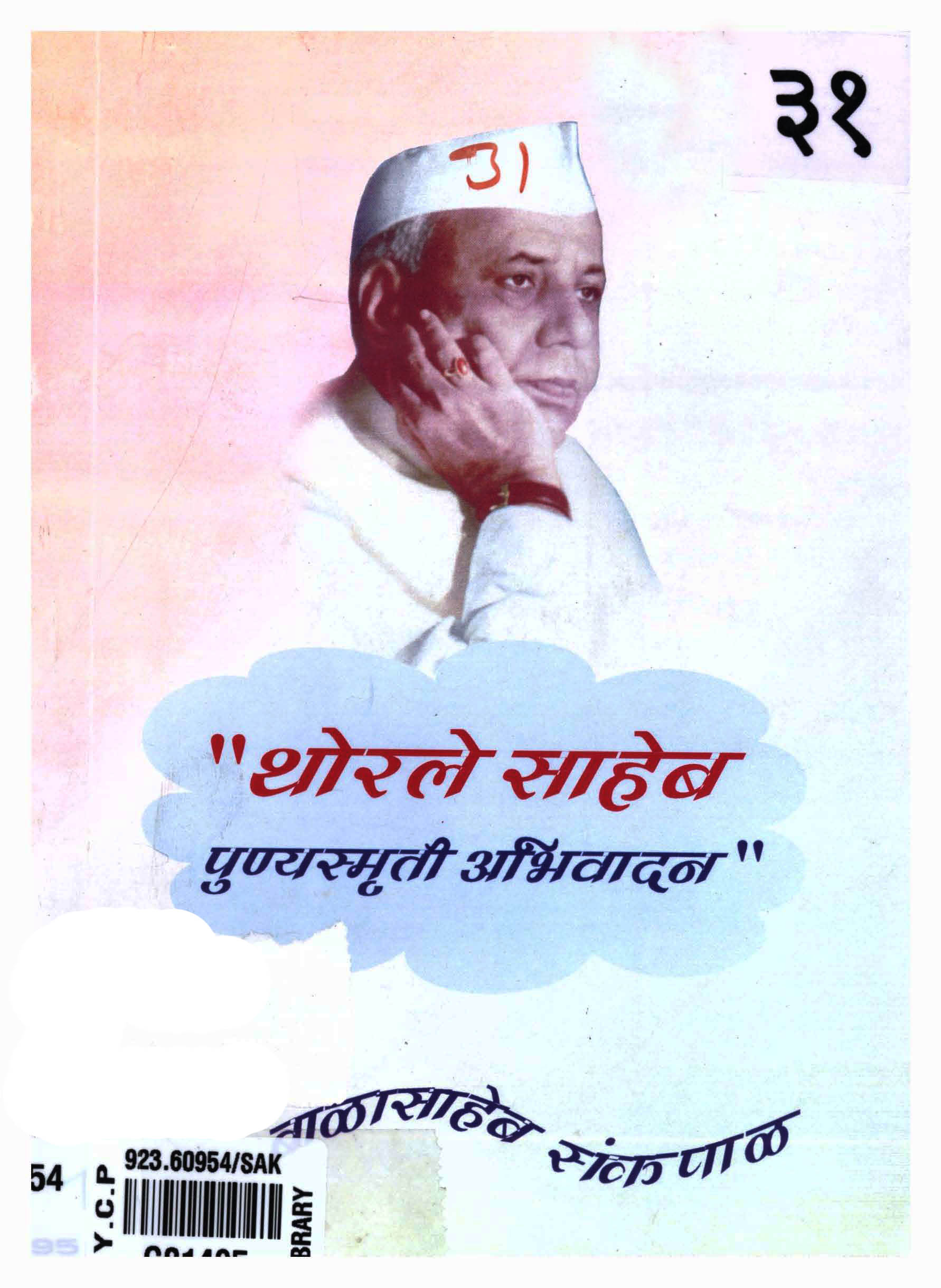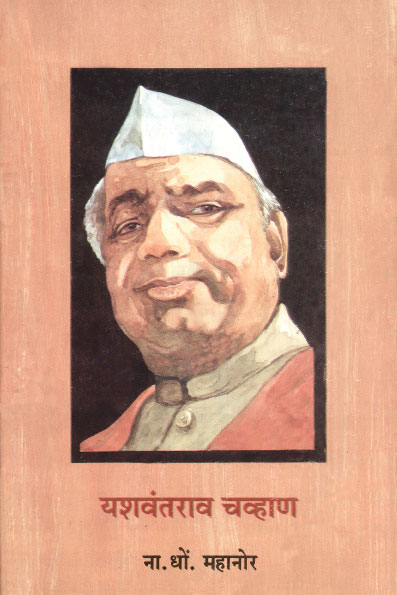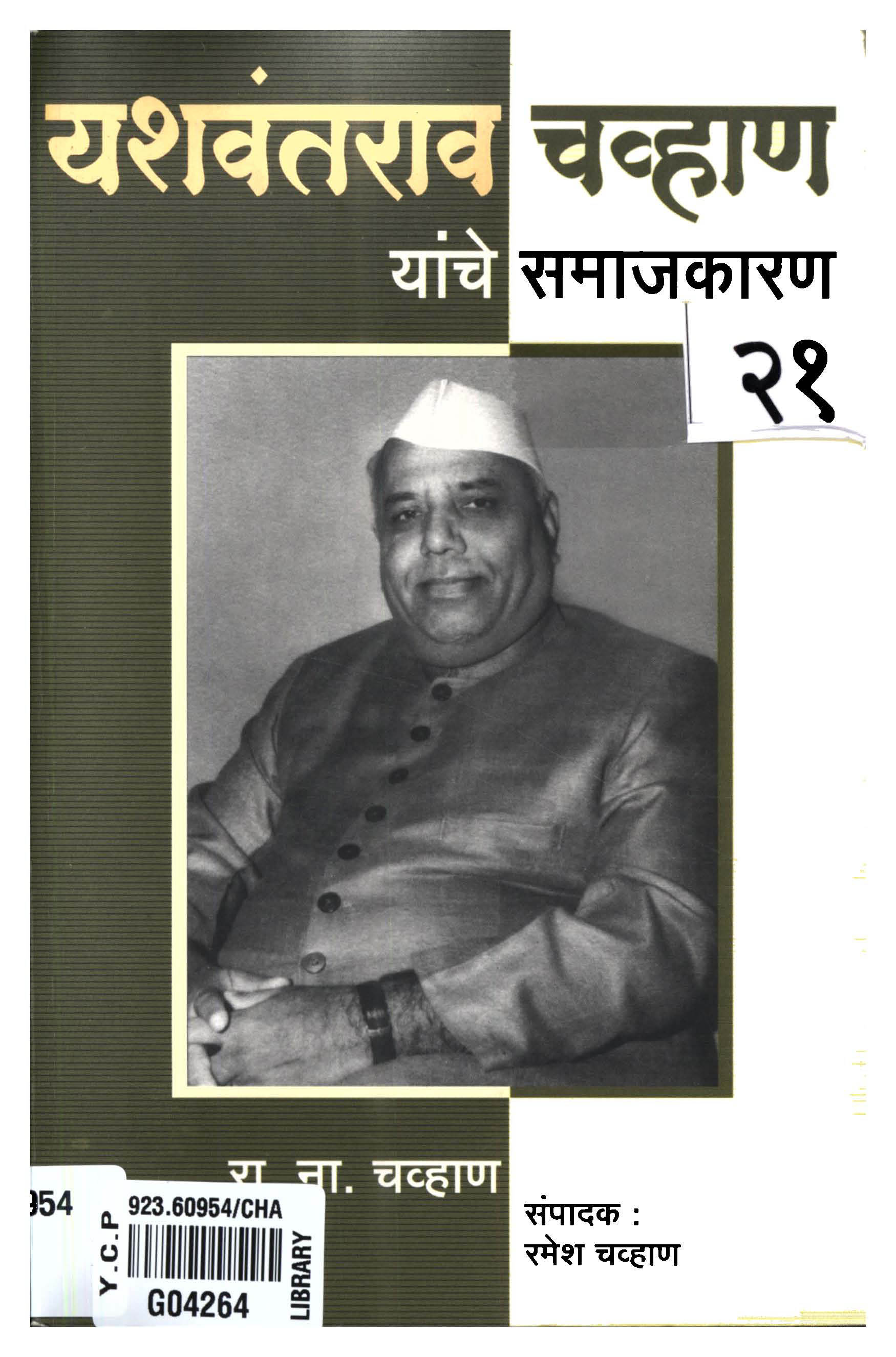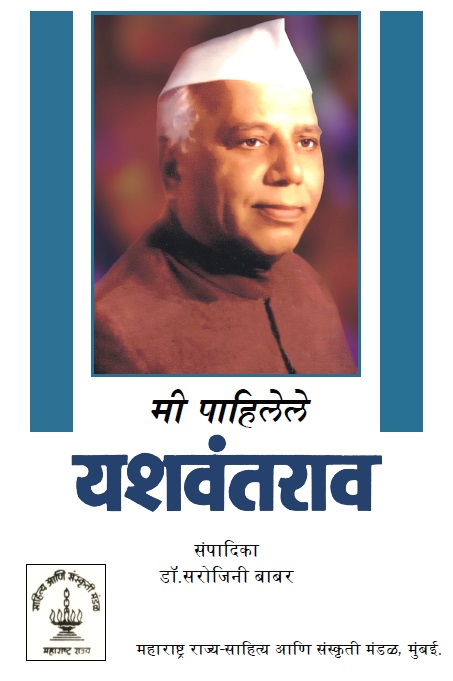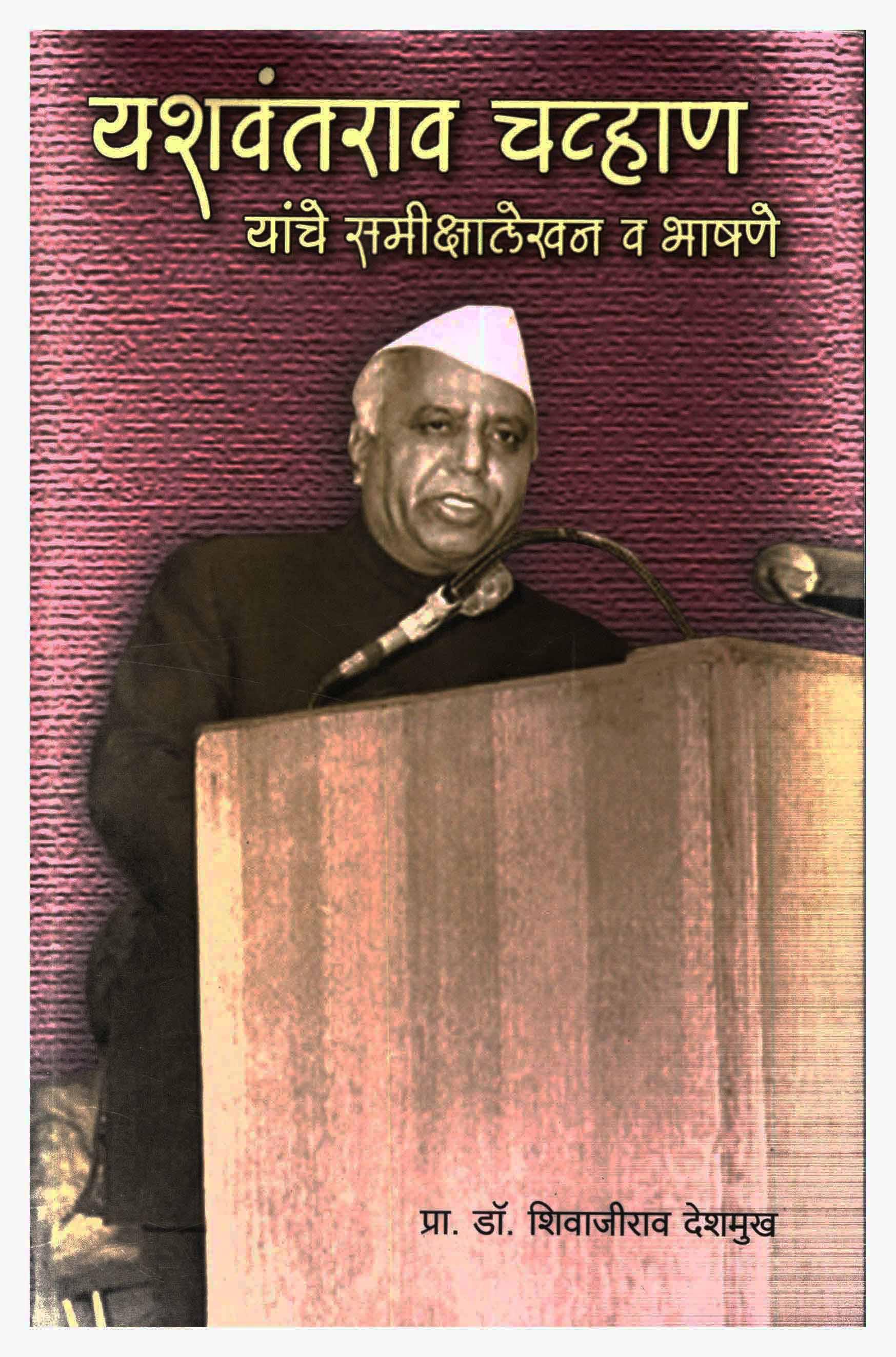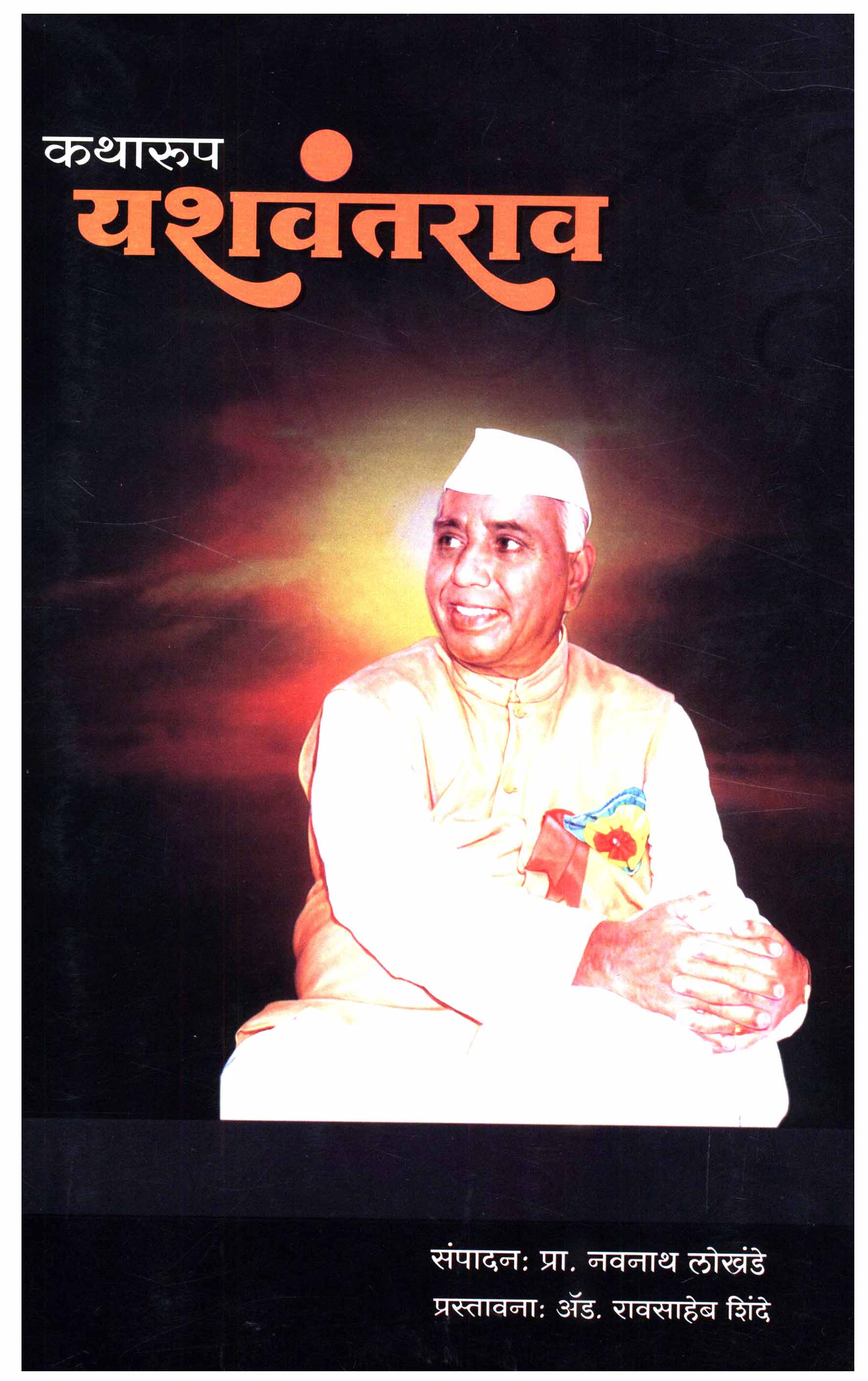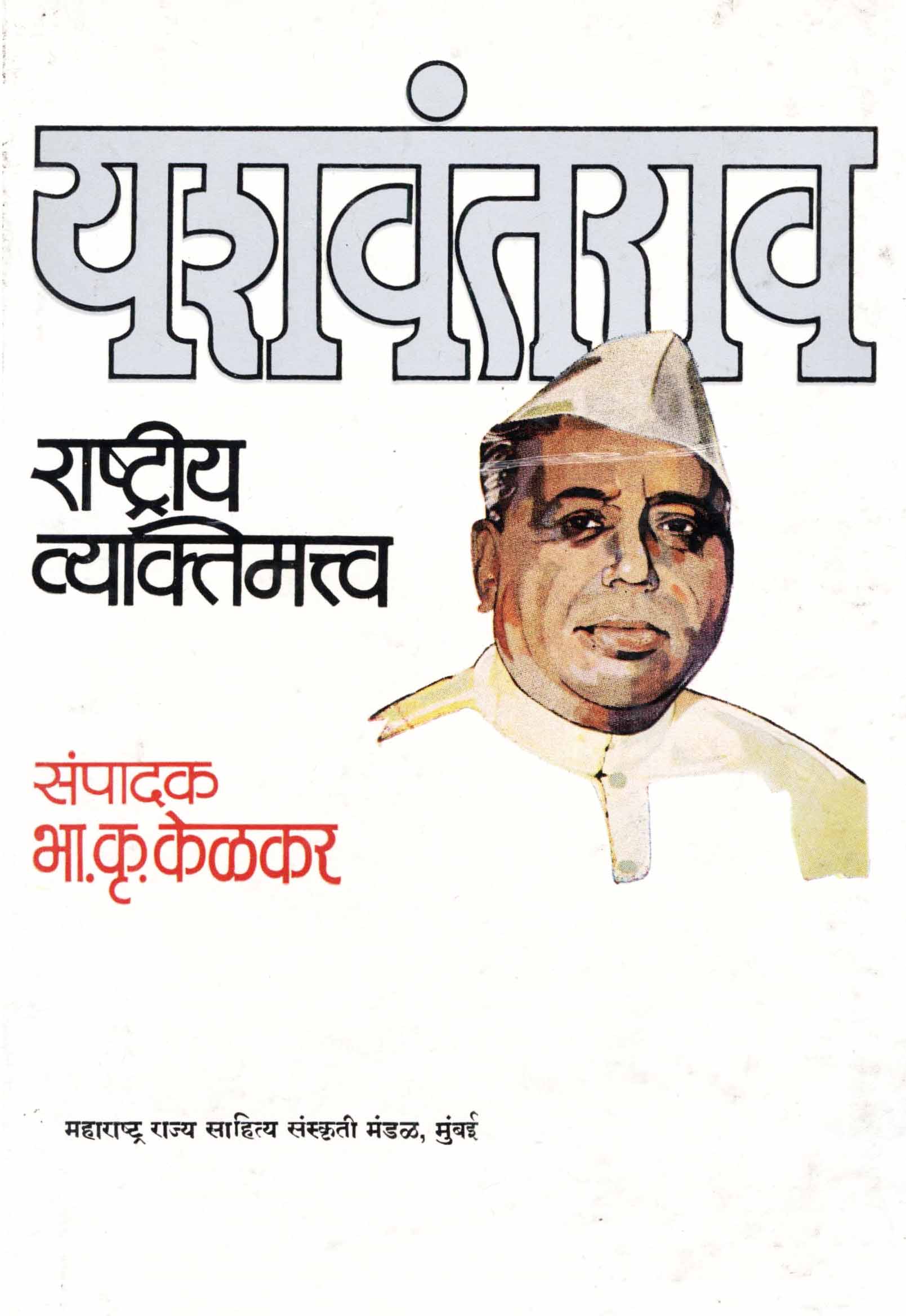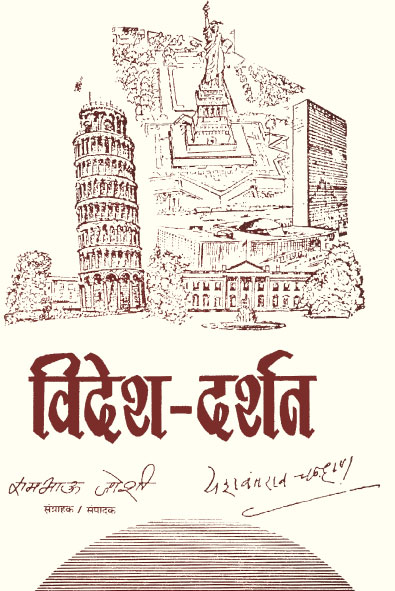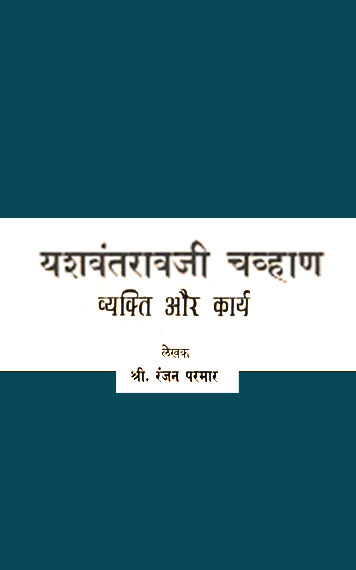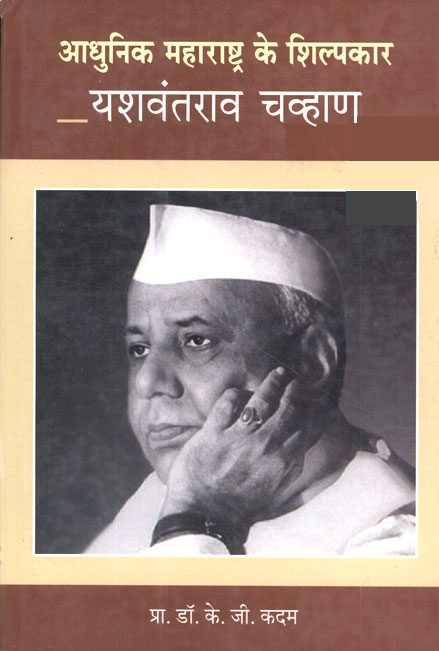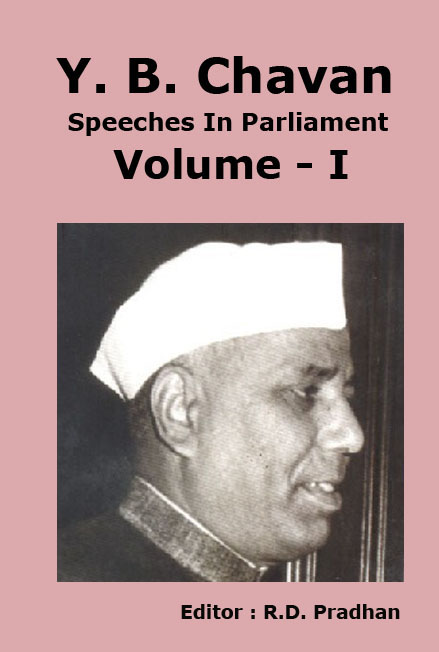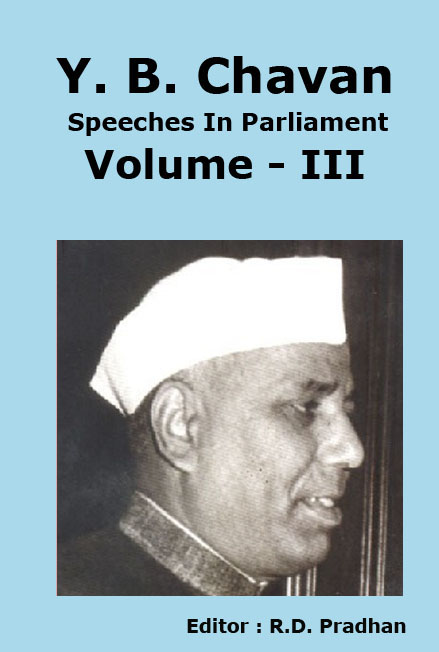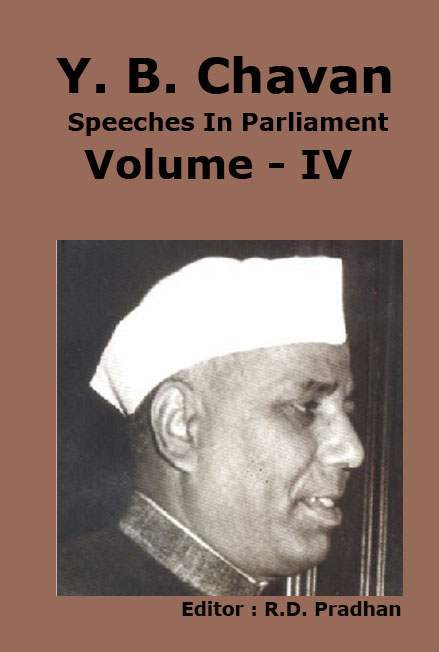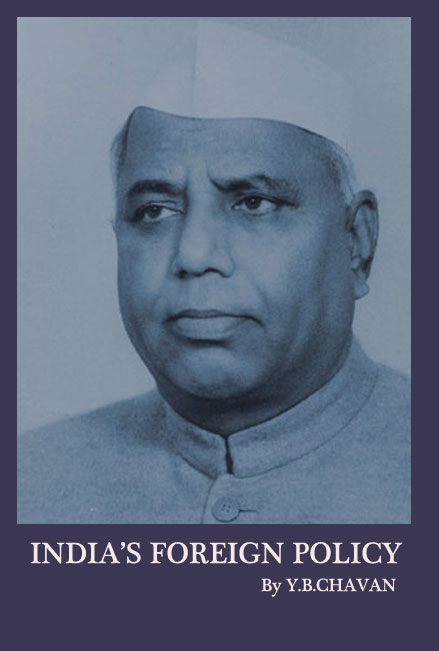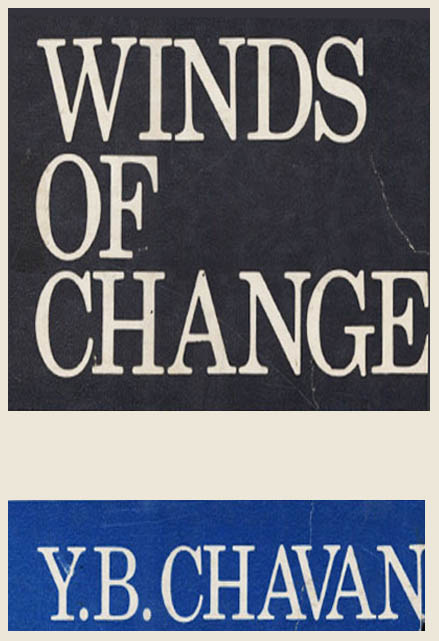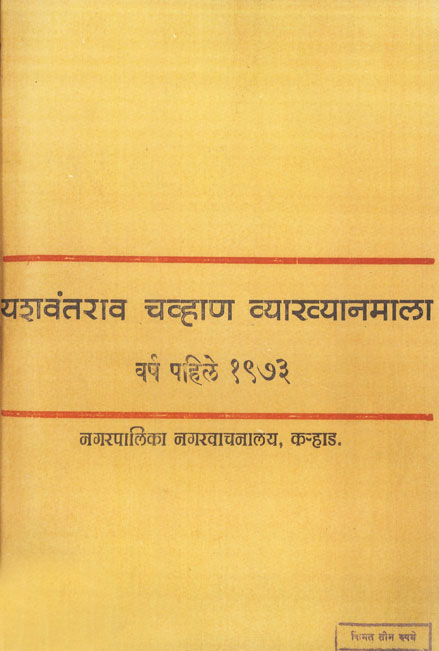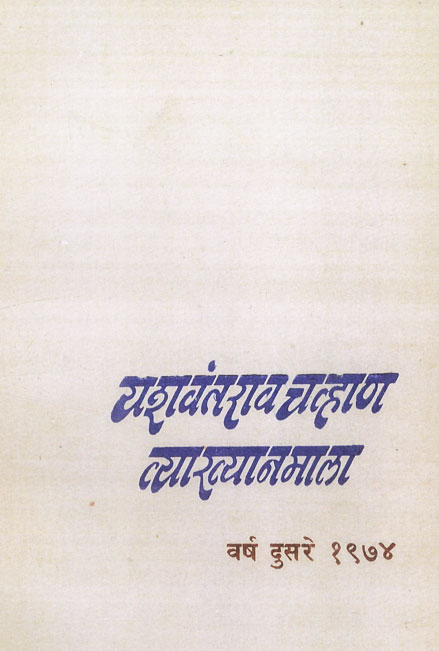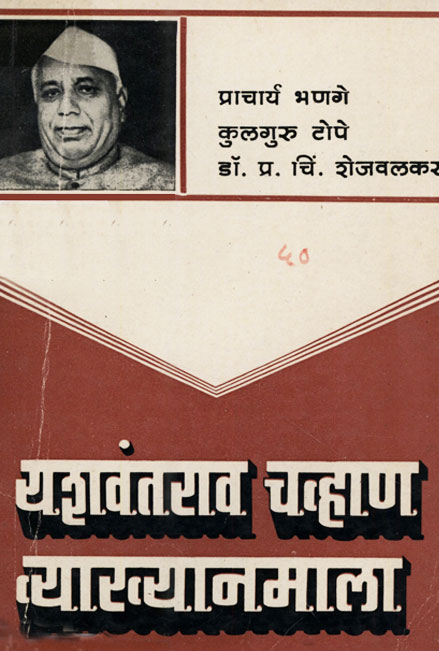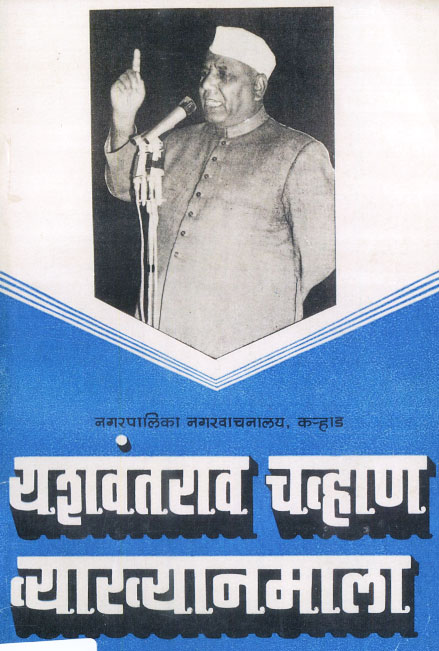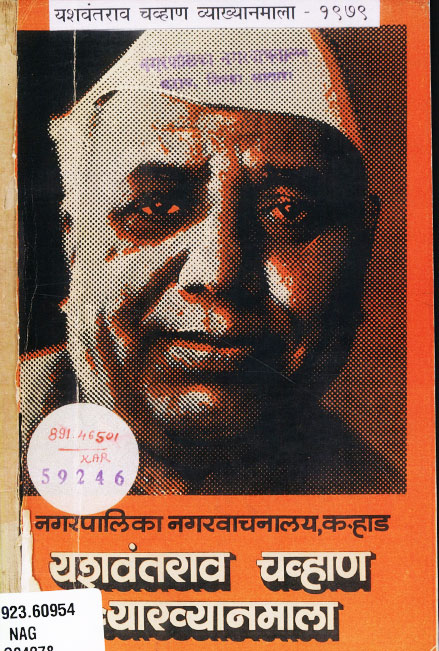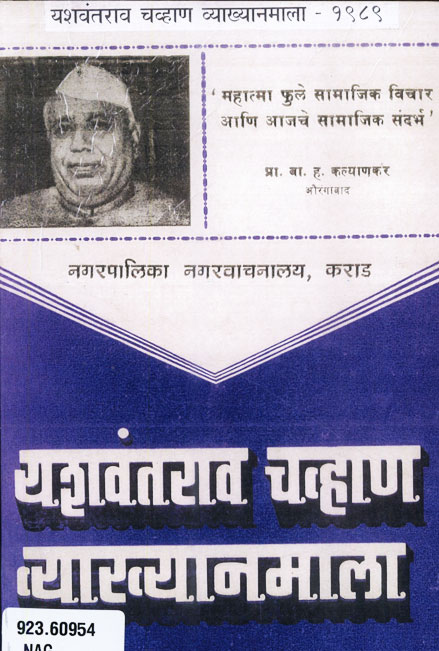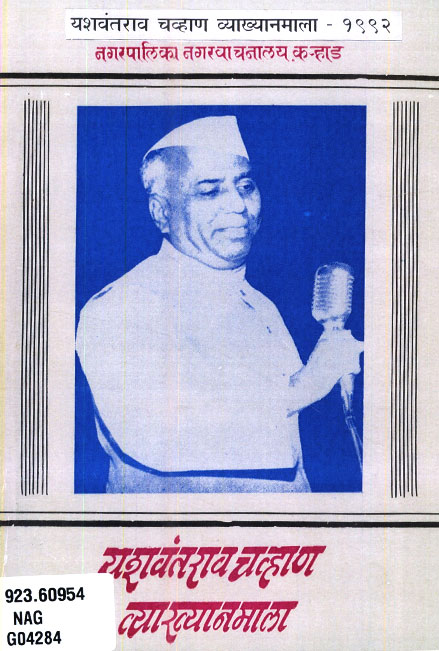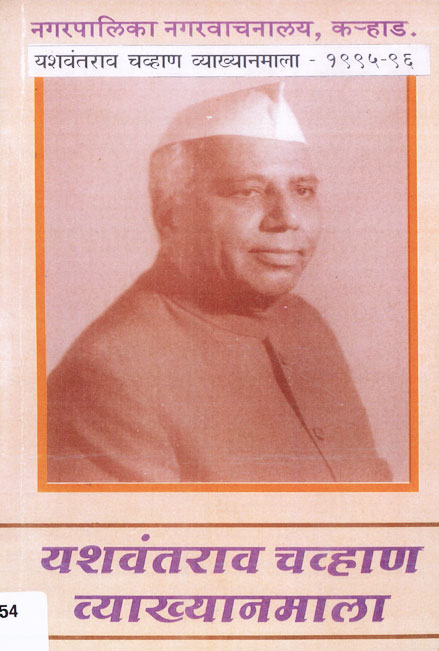CHAPTER 9
CONSTITUTION (38 AMENDMENT) BILL
REGARDING SIKKIM
Lok Sabha , 23 April, 1975
Shri Y. B. Chavan : Sir, I beg to move :
“That the Bill further to amend the constitution of India be taken into consideration.”
The Bill comprises of the insertion of the entry “Sikkim” in the First Schedule to the Constitution under the heading. “I. THE STATES” and also the insertion of the new article 371F incorporating special provisions with respect to the State of Sikkim. The bill also provides for certain consequential amendments to the Constitution.
I think it will be very appropriate at this stage, even at the risk of repeating whatever I have said before in the form of a statement, to give certain historical background of the political developments todate.
In the days prior to independence, Sikkim was one of the many Indian princely States which constituted British India. The Maharaja of Sikkim was a member of the Chamber or Princes since its very inception in 1921, and enjoyed a gun salute of 15.
The political leaders of Sikkim, withnessing the emergence of democracy in the rest of India in 1947, agitated for accession to India and the establishment of an elected responsible government. Arrangements were arrived at, which were not basically dissimilar to those applied to the other Indian States, in the sense that the Government of India had exclusive responsibilities for defence, external relations and communications, as also ultimate responsibility for the maintainance of law and order, good government and efficient administration and for the development of self-governing institutions in Sikkim. The institution of the Maharaja was retained in the hope that the peoples aspirations for fully responsible government and closer links with India would be fulfilled with the passage of years.
Our hopes that through these arrangements the people of Sikkim would progressively be able to satisfy their aspirations for democractic and responsible government and that there would be orderly socio-economic growth in Sikkim, were belied by the actual course of events. In retrogragde fashion, the distance between the ruler and the Sikkimses people progressively became wider. The frustration and the resentment of the people against an autocratic and corrupt system brought matters to a head in April 1973 when, following charges of widespread malpractices, manipulation and nepotism in the elections which had been held three months earlier, a massive popular agitation erupted. A strong articulate demand for sweeping constitutional changes was put forward. In the face of this widespread popular agitation, law and order broke down completely and both the ruler and the people appealed to the Government of India for assistance and intervention.
The House is aware of the history of developments in Sikkim since 1973 -the elections held in Sikkim in which the ruling Sikkim Congress won 31 of the 32 seats, the Government of Sikkim Act, 1974, providing a constitutional framework of Sikkim and the request of the Sikkim Assembly for further participation in the political and economic institutions of India, which led to the Parliament passing the Constitution Thirty-fifth Amendment Act, which provided for the association of Sikkim with the Union of India and enabled it to have representation in our Parliament.
